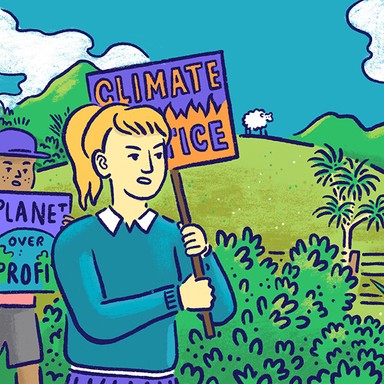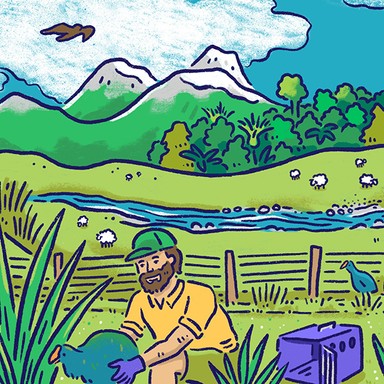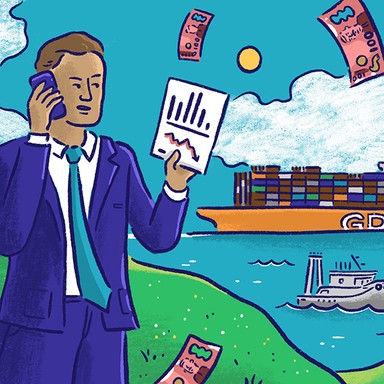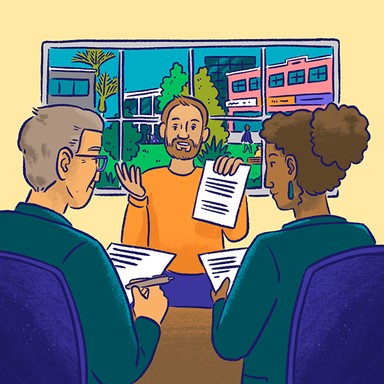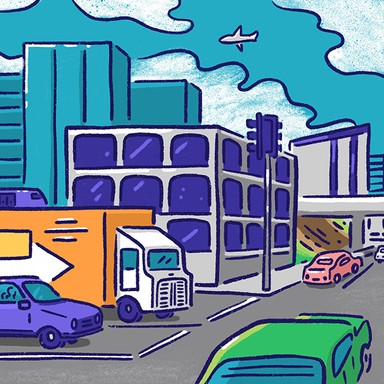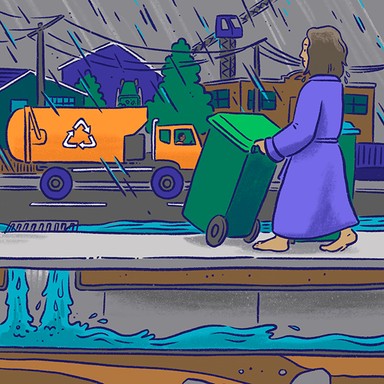
Taranaki Regional Council
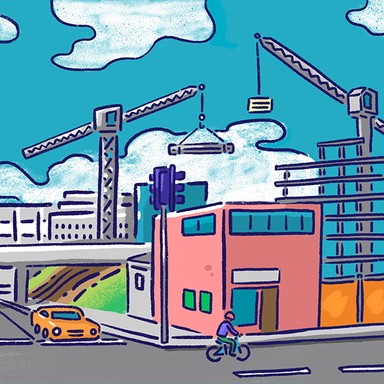
Rates and revenue
The work of local government is funded mainly by property taxes in the local area, known as rates. This makes up around 60% of council expenditure, with the rest coming from user charges, investment income, regulatory fees and roading subsidies. Councils can also borrow money to spread the cost of large investments such as infrastructure over a longer period of time.

Rates and revenue
The work of local government is funded mainly by property taxes in the local area, known as rates. This makes up around 60% of council expenditure, with the rest coming from user charges, investment income, regulatory fees and roading subsidies. Councils can also borrow money to spread the cost of large investments such as infrastructure over a longer period of time.
Implementing a rating system that centres social justice.
Stopping any asset sales.
Investing in local infrastructure such as a council-owned electric bus fleet.
Attempt to ensure council concentrates fully on core responsibilities, i.e. less divergence into certain sports etc in future.
Keep rates to a minimum.
Ensure that rates are in line with inflation and educating ratepayers on what their rates are funding.
Realign costs on infrastructure and projects already in development to ensure they are still realistic.
Revisit investment strategy to ensure we are maximizing opportunities in today's world.
Implementing a rating system that centres social justice.
Stopping any asset sales.
Investing in local infrastructure such as a council-owned electric bus fleet.
Attempt to ensure council concentrates fully on core responsibilities, i.e. less divergence into certain sports etc in future.
Keep rates to a minimum.
Ensure that rates are in line with inflation and educating ratepayers on what their rates are funding.
Realign costs on infrastructure and projects already in development to ensure they are still realistic.
Revisit investment strategy to ensure we are maximizing opportunities in today's world.
Mayor
Compare the mayoral candidates in your area
Local council
Compare the candidates for your city or district council
Regional council
Compare the candidates for your regional council
Local board
Compare the candidates for your local or community board
